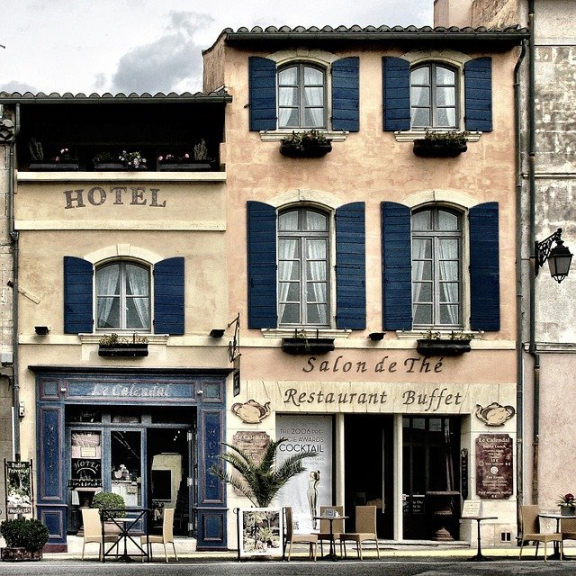
During the pandemic, stay-at-home orders and travel restrictions hit the hospitality quite hard. The footfall in the hotels declined massively. In 2020, hundreds of rooms remained unoccupied. On the other side, communities suffered a setback due to the lack of proper affordable housing units. As a consequence, low-income groups had to pay more than 30% of their earnings toward rent. The cheaper real estate housing segment faces multiple development challenges, of which material cost, labor, and land, form a significant part. After the pandemic, the situation hasn't improved yet. However, some developers are taking creative routes to meet this unique crisis. They select distressed hotels to deliver on their goals.
Read More: a Part Of The Development Process
Why is this an opportunity?
The loss of a particular sector seems to have translated into again for the other industry. Buyers don't want to leave any stone unturned to leverage the hospitality industry's downtime. They are buying broken or foreclosed properties at the best rates. At the same time, they want to tap into the growing demand for affordable housing for the section of people who had faced the recession effects. Hotel conversions can be the outcome of the pandemic-hit business. However, the hotel-to-housing solutions can solve the multifamily housing issues. Since these already have many things built into them, a few changes can prepare them to serve as a home for people with stagnant incomes. They can rent the place at a lower market rate.
Things to consider
According to Maxwell Drever, hotel rooms transformed into studio apartments can offer at least 20% relief on rents. Focusing on an extended-stay hotel for this purpose can be more helpful, though. These can be small, but they house many bathrooms and kitchenettes. Investors and developers with profound market knowledge can perform better while delivering affordable housing solutions to the target audience.
Others also find it favorable because this creative concept makes the underutilized properties worthy for the most niche sector, where demand is skyrocketing, but supply is dismal. The whole process is both economic and environmentally friendly compared to the new constructions for causing lower emissions and reducing carbon footprint. Besides, new building initiatives involve higher costs than re-use, requiring almost more than two-thirds of investment per square foot. It is critical to note that hotels' conversion to multifamily homes is not entirely a new trend in this context. The decline in revenue and occupancy rate has allowed investors to alleviate the housing shortage.
Some industry veterans opine that the hotel industry can still recover from the dip after enduring the most challenging phase. Hence, there can be fewer closures than before. Nevertheless, what remains undeniable is that the hotel industry is on the verge of revamping in the coming years. Whether they revive due to conversions into affordable workforce housing or increased travel rates after isolation, the moment is right here to take full advantage of this opportunity. After all, low- to medium-income groups deserve access to affordable homes in the community they serve. When they benefit, the neighborhood, society, state, and country also benefit.
Content writer, Blogger, Music lover with a sporty attitude
The following Cookies are used on this site. Users who allow all the Cookies will enjoy the best experience and all functionality on the site will be available to you.
You can choose to disable any of the Cookies by un-ticking the box below but if you do so your experience with the Site is likely to be diminished.
In order to interact with this site.
To show content from Google Maps.
To show content from YouTube.
To show content from Vimeo.
To share content across multiple platforms.
To view and book events.
To show user avatars and twitter feeds.
To show content from TourMkr.
To interact with Facebook.
To show content from WalkInto.